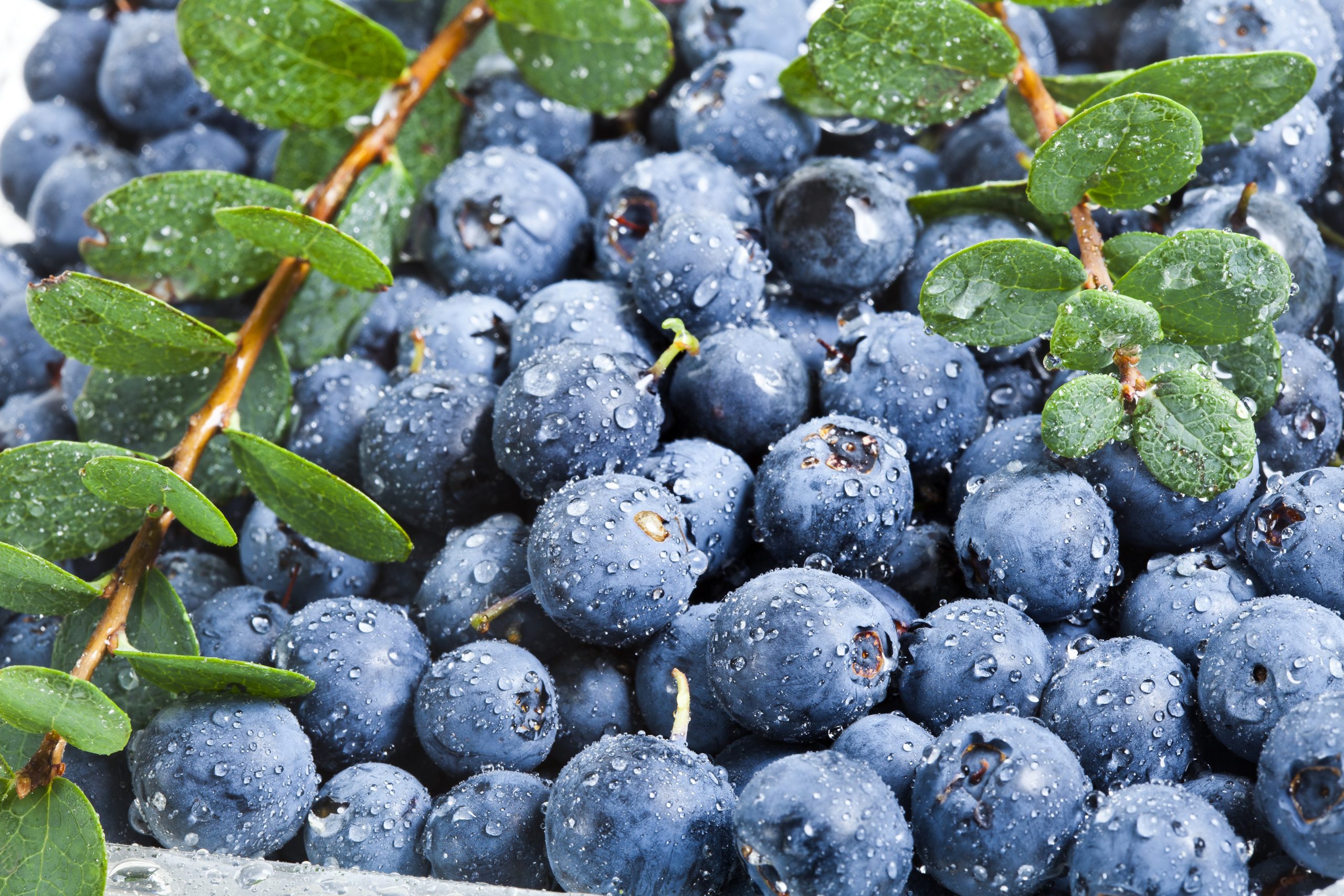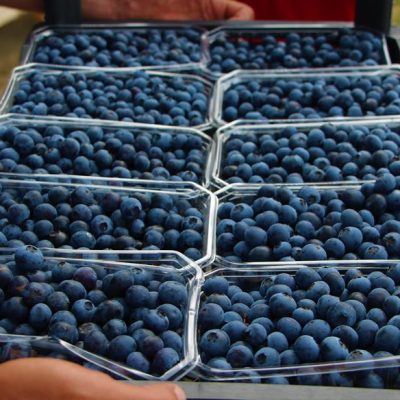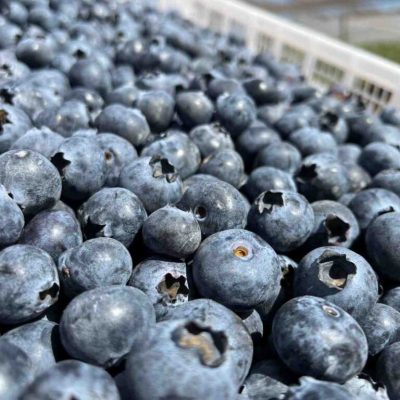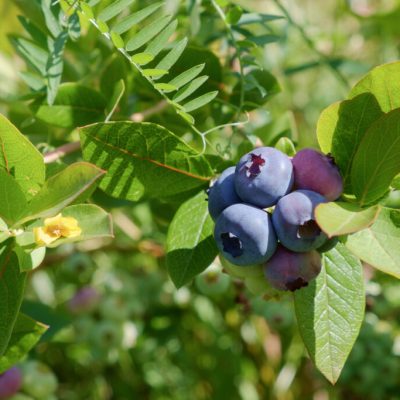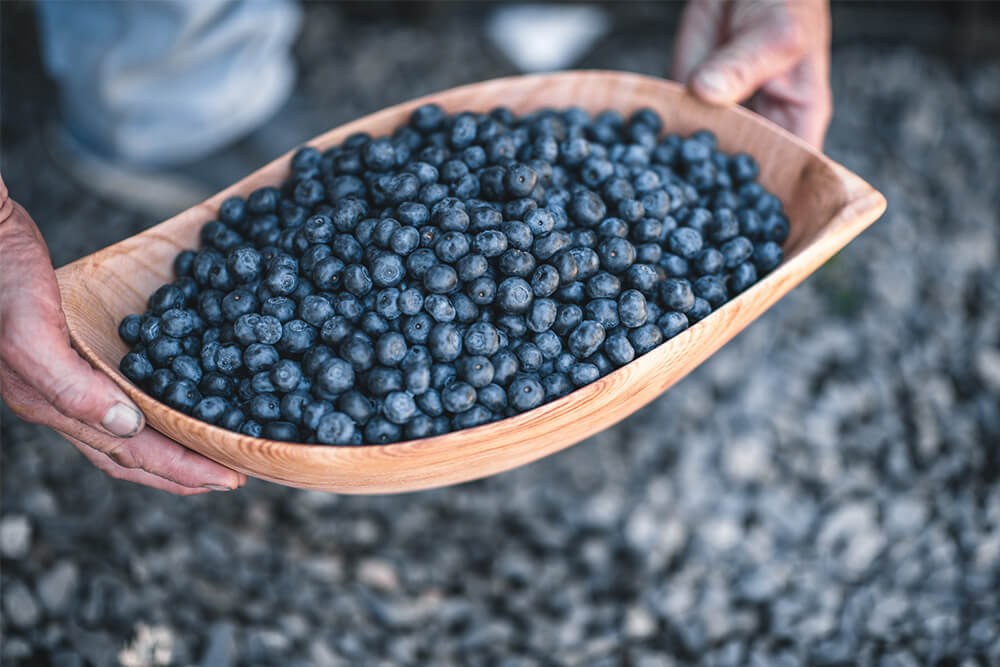Sustaining Success: Inside Florida’s Blueberry Industry
Florida is the first state to domestically produce blueberries in the calendar year, this early start grants it a competitive edge in the US market, enabling it to capture consumer demand for fresh blueberries during a crucial window. A significant advantage enjoyed by the Florida blueberry industry lies in its close partnership with the University of Florida IFAS breeding program.
This collaboration provides growers with access to cutting-edge research, technological advancements, and the opportunity to trial new varieties before they are commercially available. Such initiatives not only enhance productivity but also ensure that Florida growers remain at the forefront of innovation in the industry.
“Before the 1980s, the southern highbush blueberry variety didn’t exist. This variety, which is now predominantly cultivated in Florida and the Southeast region, was developed by the University of Florida through crossbreeding a northern highbush blueberry with a native Florida blueberry species.
The University of Florida adjusted its breeding efforts in the early 2010s to cater to producers in regions further south along the I-4 corridor, developing varieties better suited to the local conditions. This shift led to an expansion of blueberry production in the area, with approximately 60% of total production now concentrated there.
The University of Florida maintains a close partnership with growers, this collaborative approach ensures that research efforts are aligned with industry requirements, leading to the development of innovative solutions and technologies. The university’s commitment to staying abreast of the latest advancements in pesticide management and best practices further strengthens its role as a valuable partner to Florida growers, benefiting both parties mutually,” says Brittany Lee, Vice President and Farm Manager of Florida Blue Farms.
Adapting to changing market dynamics presents a challenge for Florida blueberry growers. Increased import volumes and rising production costs, including labor and inputs, necessitate strategic adjustments. To mitigate these pressures, the industry focuses on replanting older acreage with newer, higher-yielding cultivars that are more conducive to machine harvesting. This not only improves efficiency but also helps in reducing overall labor costs, thereby enhancing the industry’s competitiveness.
“So far this year, we have not had any significant weather events. We’ve had the chill that we needed in November, and December, which is going to greatly complement the production. There’s been no Impact of weather on the blueberry crop, and no significant freezes or weather events this spring to date. So far we’re thankful that we’re in a very good position weather-wise. There’s nothing to hinder our production at this time,” says Brittany.
Despite its successes, the Florida blueberry industry grapples with several challenges. Labor availability and costs pose significant hurdles, exacerbated by increased global competition. Furthermore, shifting market dynamics necessitate continuous adaptation and innovation to maintain market share and profitability.
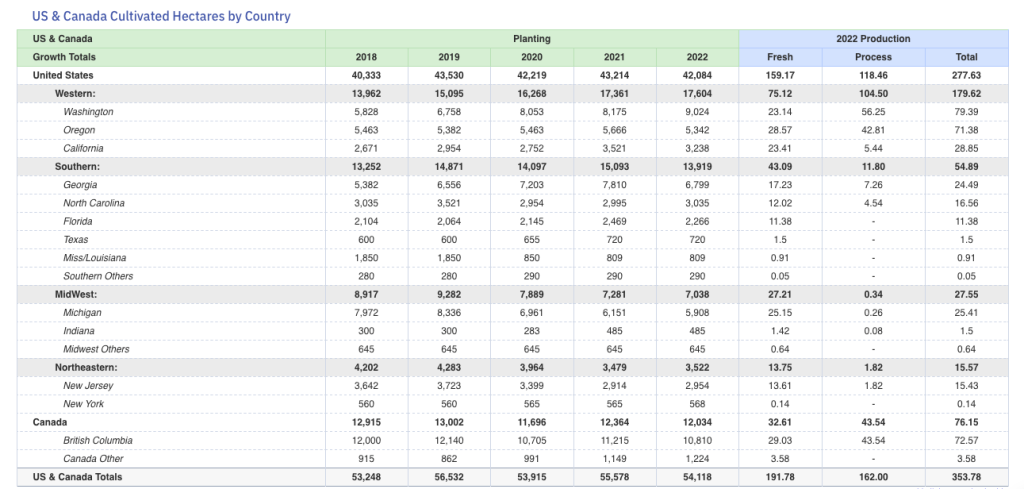
“Using the H2A program is cumbersome and it’s difficult to get the contracted workers into the country at the time that you need sometimes. And the cost is just exorbitant. So that’s a huge challenge. Moreover, with Florida now part of a global market, the exclusivity of fresh blueberries from the region for three weeks annually has dissipated. Instead, this market sector is now shared globally, with numerous other countries also producing during our previously exclusive windows,” Brittany says.
The Florida blueberry industry envisions continued growth and sustainability for the future. Initiatives such as “Fresh from Florida” branding aim to differentiate locally grown produce and capitalize on consumer preferences for quality and origin. Additionally, efforts to replant with higher-yielding cultivars underscore the industry’s commitment to enhancing productivity and competitiveness while preserving environmental integrity.
Sustainability remains a core focus for Florida blueberry growers. Participating in best management practices to conserve water and natural resources, growers strive to minimize environmental impact and ensure the long-term viability of their operations. Through ongoing partnerships and collaborative efforts, the Florida blueberry industry is poised to sustain its success and remain a leader in blueberry production.
Written by Agronometrics.

